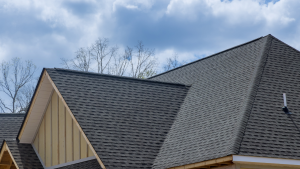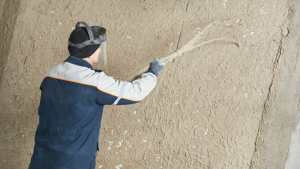1. Damp Looking Stucco
It should be fine if the stucco gets wet now and again. When it has rained, the fact that it is wet will make sense. Even if the stucco is still moist a week after the storm, it shows that water has permeated it. There may be patches of the wall that are continually damp. Pay extra attention to these since water may enter through them.
2. Cracks
A crack in your stucco is an evident sign of water in it. Though it does not necessarily imply permanent injury, you should not be concerned. Because this indicates that water has entered the structure, you must act quickly to prevent matters from worsening.
3. Missing Chunks of Stucco
Examine your stucco for any siding pieces that have pulled off. Water has gotten underneath and is causing problems, as seen by surface damage.
4. Cracks and Bubbles at the Bottom of the Wall
Look for cracks or bubbles at the bottom borders throughout your investigation. Water, like everything else, must obey gravity’s rules or fall. As a result, the bulk of the damage may be concentrated toward the wall’s base.
5.Window Caulking Damage
Can you find any cracks or holes in your window caulking? This also indicates that water has penetrated the stucco. If it’s been there for a long time, you’ll also have to replace the windows. That is why it is essential to examine the stucco regularly.
6. Soft Drywall
You’ve gone inside to do your investigation. Feel the drywall under your windows. How soft is it to the touch? This is another sign of water damage. In these cases, both the drywall and the outside stucco must be replaced.
7. Basement Moisture
Finally, investigate the basement walls. You’ll notice that if the stucco includes water, it may cause moisture on the walls. However, since there are other possible reasons, you should rule them out before attempting to resolve the problem.




